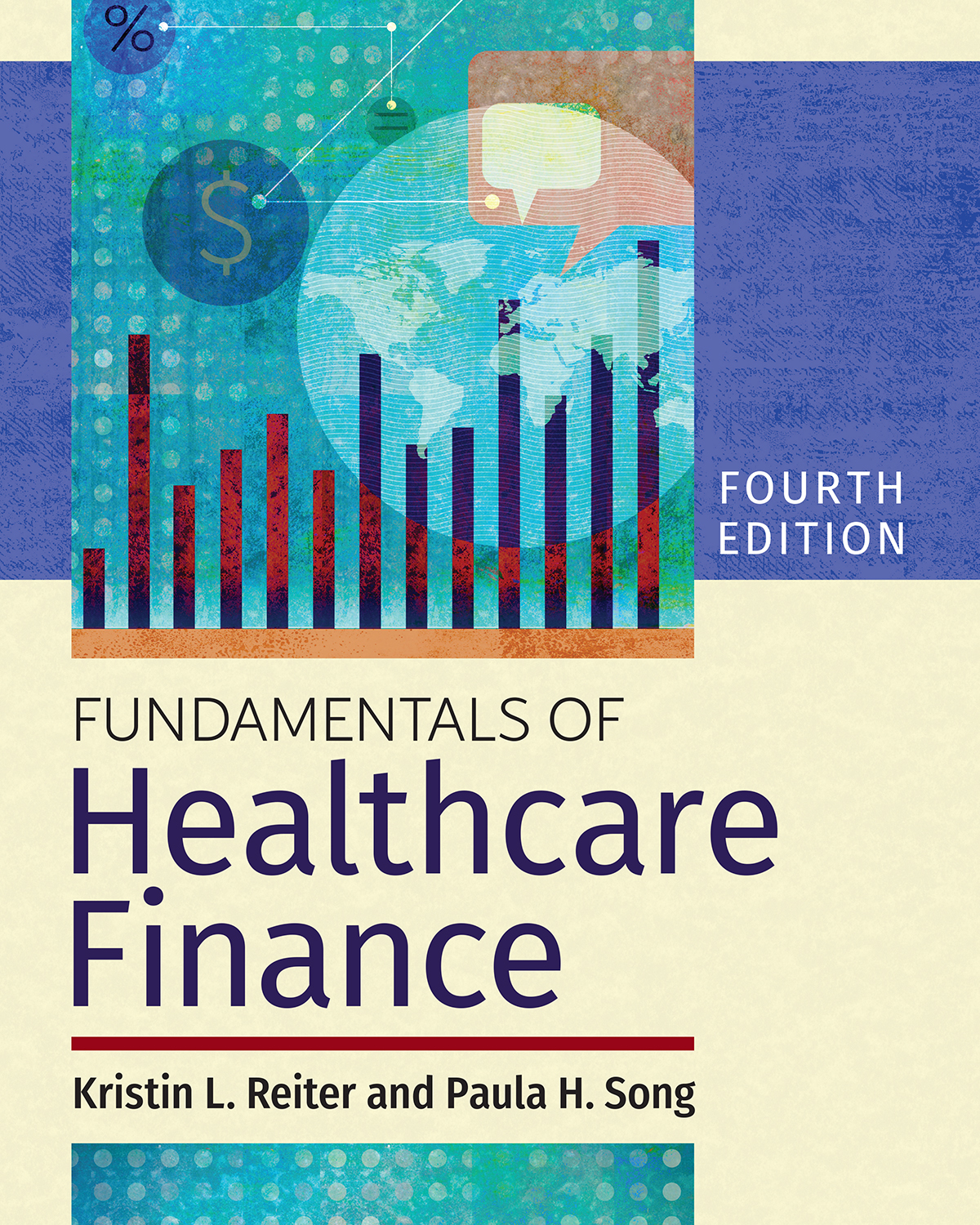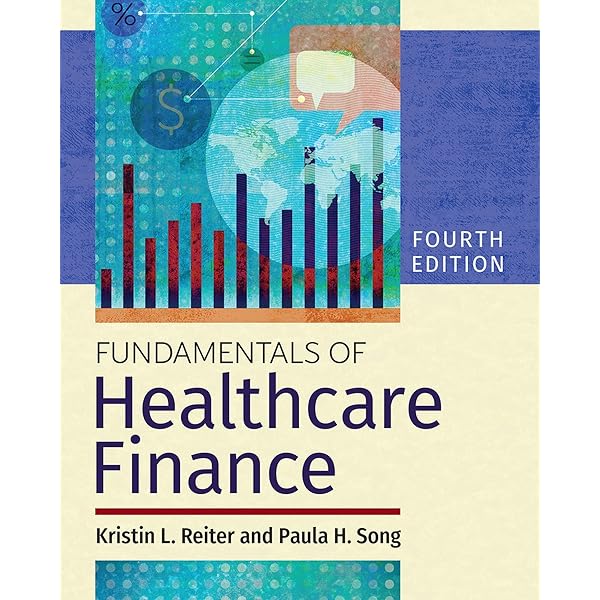Fundamentals of healthcare finance cover the basic principles and concepts involved in financial management within the healthcare industry. This article provides an overview of key topics, including revenue generation, cost management, budgeting, and strategic financial planning.
These fundamental principles are essential for healthcare professionals to understand and apply in order to effectively manage the financial aspects of healthcare organizations. Healthcare finance is a critical component of the overall functioning and sustainability of healthcare organizations. It involves managing revenue sources, such as insurance reimbursements and patient payments, while also controlling costs and ensuring financial stability.
Effective financial management in healthcare requires an understanding of various financial statements, such as balance sheets and income statements, as well as an awareness of financial regulations and regulatory bodies that govern healthcare finances. By applying the fundamentals of healthcare finance, organizations can make informed financial decisions that contribute to the overall success and viability of the healthcare industry.
Importance Of Healthcare Finance
Start of HTML content Introduction paragraph about the importance of healthcare finance Healthcare finance is crucial for the sustainability and efficiency of healthcare systems. Effective cost management and revenue generation are essential components that ensure quality care delivery.
Cost Management
Subheading about Cost Management Proper cost management in healthcare allows organizations to allocate resources efficiently, control expenses, and maintain profitability.
Revenue Generation
Subheading about Revenue Generation Optimizing revenue generation in healthcare involves strategies such as maximizing reimbursements, enhancing billing processes, and diversifying income sources. End of HTML content

Credit: www.amazon.com
Key Financial Concepts
Understanding the key financial concepts in healthcare finance is essential for effective management and decision-making within healthcare organizations. Key financial concepts provide a foundation for successful financial management, budgeting, and decision-making in the healthcare industry. Let’s explore some of the essential financial concepts that play a crucial role in the healthcare finance domain.
Budgeting
Budgeting in healthcare finance involves the process of planning and allocating financial resources to various areas within a healthcare organization. It encompasses the development of detailed budgets for operating expenses, capital expenses, and other financial aspects of the healthcare facility. Effective budgeting ensures that financial resources are effectively utilized to support patient care, facility maintenance, and organizational growth.
Financial Reporting
Financial reporting is the process of presenting financial information in a structured and meaningful manner. It involves the preparation of financial statements, including the balance sheet, income statement, and cash flow statement. These reports provide stakeholders with a clear understanding of the financial performance and position of the healthcare organization. Accurate financial reporting is essential for transparency, compliance, and informed decision-making.
Healthcare Payment Systems
In the complex world of healthcare finance, understanding the different healthcare payment systems is essential. These systems determine how healthcare providers receive reimbursement for the services they provide. Let’s explore two major components of healthcare payment systems: Insurance Reimbursement and Medicare and Medicaid.
Insurance Reimbursement
Insurance reimbursement plays a vital role in healthcare finance. When a patient receives medical services, their healthcare provider bills the insurance company for reimbursement. This process involves various steps:
- The provider submits the patient’s medical records and codes for the services rendered to the insurance company.
- The insurance company reviews the submitted claims and determines the covered amount.
- Once the claim is approved, the insurance company pays the provider for the services rendered, either directly or through a third-party administrator.
Insurance reimbursement is based on contractual agreements between healthcare providers and insurance companies. These agreements outline the payment rates for specific services, which can vary widely. Providers must navigate these reimbursement rates to manage their financial operations effectively.
Medicare And Medicaid
Medicare and Medicaid are government-funded healthcare payment systems that play a significant role in healthcare finance. . It consists of different parts:
- Part A: covers hospital stays, skilled nursing facilities, and home healthcare services.
- Part B: covers outpatient services, doctor visits, and medical supplies.
- Part C: offers Medicare Advantage Plans, which are managed healthcare plans provided by private insurance companies.
- Part D: covers prescription drugs.
| Key Points about Medicare and : |
|---|
| Medicare and Medicaid programs have different eligibility criteria. |
| Providers must understand the specific reimbursement guidelines for both Medicare and Medicaid to ensure proper billing and reimbursement. |
| Medicare and Medicaid payment rates can differ from those of private insurance, requiring providers to navigate multiple reimbursement structures. |
Understanding the fundamentals of healthcare payment systems, especially insurance reimbursement, Medicare, and Medicaid, is key to financial success in the healthcare industry. Healthcare providers must adapt and navigate these payment systems while ensuring quality care for their patients.

Credit: redshelf.com
Financial Decision-making In Healthcare
Financial Decision-Making in Healthcare involves critical considerations to ensure sustainable and optimal resource allocation.
Capital Budgeting
Capital budgeting in healthcare entails allocating financial resources for long-term investments in equipment, facilities, and technology.
Risk Management
Risk management strategies are crucial to mitigate financial uncertainties and safeguard assets in the healthcare sector.
Challenges In Healthcare Finance
Managing finances in the healthcare industry comes with its own set of challenges. Healthcare organizations must navigate complex regulatory compliance requirements while also dealing with the ever-growing costs of technology. In this section, we will explore two major challenges in healthcare finance: regulatory compliance and technology costs.
Regulatory Compliance
The healthcare industry is heavily regulated, with numerous laws and regulations in place to ensure patient safety and privacy. Compliance with these regulations is not only necessary from an ethical standpoint but also vital for financial stability. Failing to adhere to regulations can result in hefty fines and legal consequences for healthcare organizations. Some key regulations that healthcare organizations must comply with include:
- The Health Insurance Portability and Accountability Act (HIPAA), which safeguards patient privacy and requires strict security measures to protect patient data.
- The Affordable Care Act (ACA), which introduced new requirements for insurance coverage and reimbursement.
- The Medicare Access and CHIP Reauthorization Act (MACRA), which aims to improve quality and efficiency of healthcare services delivered to Medicare beneficiaries.
Complying with these regulations often involves implementing additional systems and processes, which can incur extra costs. Healthcare finance professionals must carefully allocate resources to ensure compliance while maintaining financial stability.
Technology Costs
The healthcare industry is rapidly advancing technologically, with the aim of delivering better patient care and improving outcomes. However, the adoption of new technologies comes with a price tag. Healthcare organizations face significant costs for implementing and maintaining technology systems.
| Types of Technology Costs | Examples |
|---|---|
| Infrastructure | Upgrading hardware and software, building network infrastructure. |
| Electronic Health Records (EHR) | Purchasing and implementing EHR systems, training staff, ensuring interoperability. |
| Cybersecurity | Investing in robust security measures to protect patient data from cyber threats. |
| Telemedicine | Setting up telemedicine capabilities, ensuring connectivity and quality of service. |
The costs associated with technology can be significant and may require careful financial planning and budgeting. Healthcare finance professionals must consider the return on investment (ROI) when making technology-related financial decisions to ensure that the benefits outweigh the costs. In summary, navigating the challenges of regulatory compliance and technology costs is crucial for healthcare organizations to maintain financial stability. By carefully managing resources and staying up to date with regulations and technological advancements, healthcare finance professionals can mitigate these challenges and contribute to the financial health of their organizations.
Strategies For Financial Sustainability
Revenue Diversification
Healthcare organizations must explore various revenue streams to maintain financial stability. By expanding services, such as telemedicine or specialized treatments, hospitals can attract a wider patient base.
Cost Containment
Implementing efficient operational processes and negotiating favorable contracts with suppliers can help reduce expenses. Utilizing data analytics to identify areas for cost reduction can lead to substantial savings.
Role Of Financial Managers
Financial Analysis
- Financial managers conduct in-depth financial analysis to assess the financial health of healthcare organizations.
- They utilize data and metrics to evaluate financial performance and identify areas for improvement.
Strategic Planning
- Financial managers play a key role in developing strategic plans to achieve financial goals.
- They collaborate with senior leadership to align financial strategy with the overall organizational objectives.
Future Trends In Healthcare Finance
As healthcare finance continues to evolve, it is imperative for healthcare organizations to stay informed of the latest trends that can impact their financial strategies. In this blog post, we will explore two significant future trends in healthcare finance: Telehealth Financial Models and Value-Based Care Initiatives.
Telehealth Financial Models
The emergence of telehealth has revolutionized the healthcare industry, offering patients convenient access to quality care from the comfort of their homes. From virtual consultations to remote monitoring, telehealth has significant financial implications for healthcare providers. Let’s examine the different financial models associated with telehealth:
- Pay-per-visit: In this model, patients pay a fee for each virtual visit, similar to an in-person appointment. Healthcare providers can generate revenue based on the number of consultations conducted.
- Subscription-based: Some telehealth platforms offer subscription-based services, where patients pay a fixed monthly or annual fee for unlimited access to virtual visits. This model provides predictable revenue streams for healthcare providers.
- Insurance reimbursement: With the growing acceptance of telehealth by insurance companies, healthcare providers can receive reimbursement for virtual visits. It is essential for providers to understand the specific reimbursement policies of different insurance companies to maximize revenue.
Implementing telehealth financial models can bring numerous benefits to healthcare organizations, including increased revenue, cost savings, and improved patient satisfaction. However, it is crucial to assess the financial viability and sustainability of these models based on the organization’s specific circumstances and patient population.
Value-based Care Initiatives
In recent years, there has been a shift towards value-based care, focusing on improving patient outcomes while reducing costs. This shift has a direct impact on healthcare finance, as reimbursements are increasingly tied to quality metrics and patient satisfaction. Here are some key value-based care initiatives impacting healthcare finance:
- Patient-centered medical homes (PCMH): PCMHs aim to provide comprehensive, coordinated, and patient-centered care. By focusing on preventive services and care coordination, PCMHs can improve patient outcomes and reduce overall healthcare costs.
- Accountable Care Organizations (ACOs): ACOs are networks of healthcare providers who collaborate to deliver efficient and coordinated care to a defined patient population. ACOs are financially rewarded for achieving quality and cost targets, incentivizing them to prioritize value-based care.
- Bundled payments: Rather than reimbursing healthcare providers for each individual service or procedure, bundled payments offer a fixed payment for an entire episode of care. This payment model encourages coordination and efficiency across different providers involved in the patient’s care.
By actively participating in value-based care initiatives, healthcare organizations can improve their financial performance while delivering higher quality care. However, it requires careful planning and execution to effectively transition from traditional fee-for-service models to value-based reimbursement structures.

Credit: www.amazon.com
Frequently Asked Questions For Fundamentals Of Healthcare Finance
What Are The 4 C’s Of Healthcare Finance?
The 4 C’s of healthcare finance are: Cost, Coverage, Consistency, and Complexity. These factors impact the financial aspects of healthcare services.
What Does A Healthcare Finance Do?
A healthcare finance professional manages financial aspects of healthcare organizations to ensure sustainable operations and profitability.
What Are The Two Broad Areas Of Healthcare Finance?
The two broad areas of healthcare finance are financial management and reimbursement strategies.
What Is The Most Important Objective Of Healthcare Financial Management?
The most important objective of healthcare financial management is to ensure effective allocation of resources. This involves optimizing budgets, controlling costs, and maximizing revenue to support high-quality patient care and operational efficiency.
Conclusion
Understanding the fundamentals of healthcare finance is vital for all professionals in the field. It enables them to make informed decisions and contribute to the financial sustainability of healthcare organizations. By grasping concepts such as revenue cycle management and cost containment, individuals can play a significant role in ensuring the efficient and effective provision of healthcare services.






